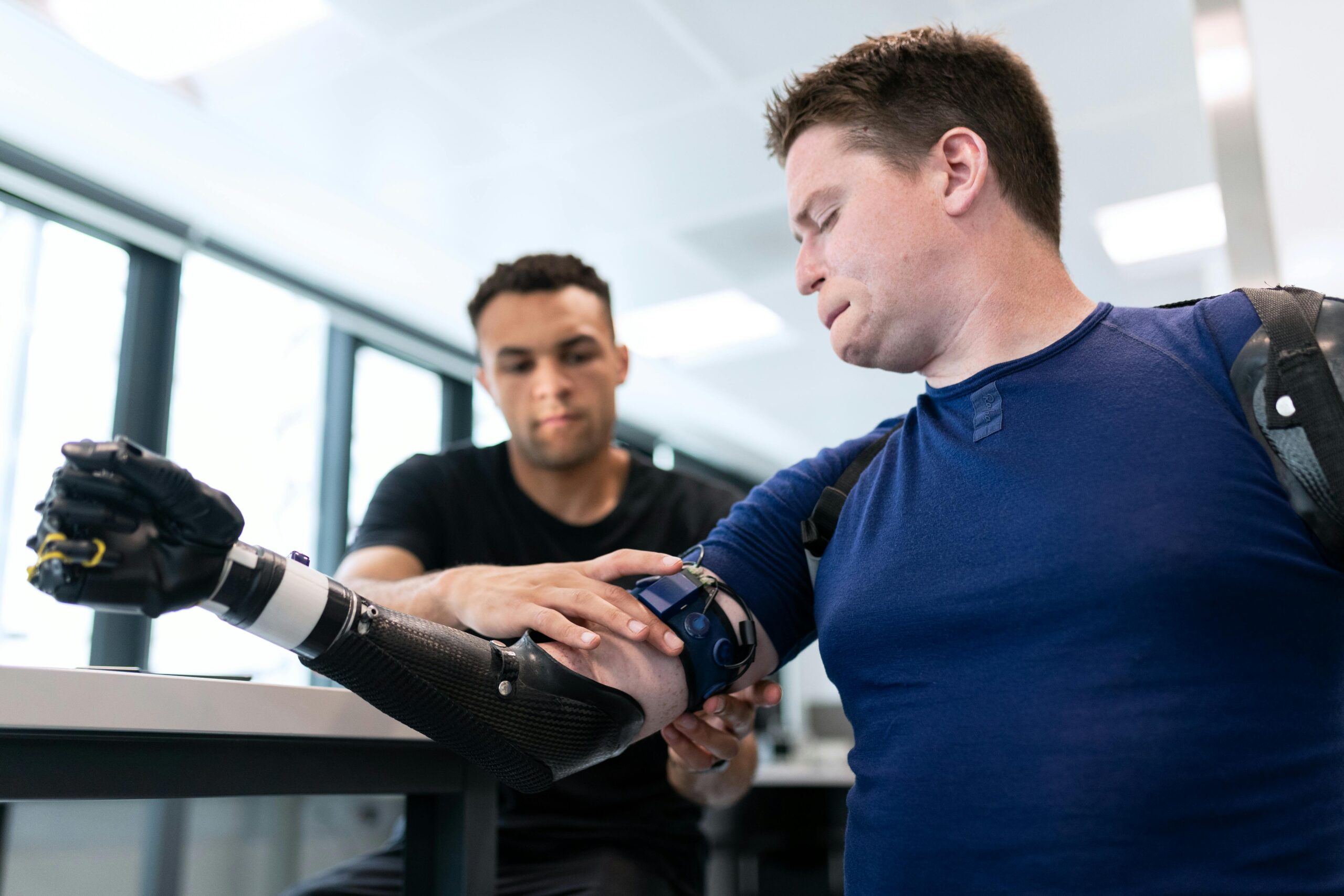
Biofabrication breakthroughs are revolutionizing healthcare and tissue engineering with 3D printing.
According to a 2022 report by Grand View Research, the global 3D bioprinting market is expected to reach $4.4 billion by 2026, driven by advancements in technology and increasing demand for organ and tissue regeneration.
These innovations are paving the way for unprecedented medical treatments and personalized healthcare solutions.
Understanding Biofabrication
Biofabrication involves the production of complex biological products from raw materials such as cells, biomaterials, and molecules. Utilizing 3D printing technology, biofabrication enables the creation of intricate tissue structures that closely mimic natural tissues and organs. This process has significant implications for tissue engineering, regenerative medicine, and drug development.
The Role of 3D Printing in Biofabrication
3D printing, also known as additive manufacturing, plays a pivotal role in biofabrication by allowing precise layer-by-layer construction of biological structures. This technology offers several advantages:
Customization: 3D printing allows for the customization of implants and prosthetics to match the patient’s unique anatomical structure, improving the fit and functionality of medical devices.
Complex Structures: The ability to print complex geometries with high precision enables the creation of scaffolds that support cell growth and tissue formation, essential for tissue engineering.
Rapid Prototyping: Rapid prototyping accelerates the development and testing of medical devices, reducing the time and cost associated with bringing new products to market.
Breakthroughs in Healthcare and Tissue Engineering
Organ and Tissue Regeneration: One of the most promising applications of 3D printing in biofabrication is the regeneration of organs and tissues. Researchers have successfully printed tissues such as skin, cartilage, and even liver tissue, demonstrating the potential for creating functional organ replacements in the future.
Bone and Joint Repair: 3D printing is revolutionizing orthopedic surgery by enabling the production of customized bone implants and joint replacements. These implants can be designed to fit perfectly with the patient’s anatomy, enhancing recovery and reducing the risk of complications.
Drug Development and Testing: 3D printed tissues provide a more accurate model for drug testing, reducing the reliance on animal testing and improving the prediction of human responses to new medications. This can accelerate the development of new treatments and reduce the risk of adverse effects.
Personalized Medicine: The customization capabilities of 3D printing support the development of personalized medical treatments. This includes patient-specific implants, prosthetics, and even medication tailored to individual genetic profiles.
Challenges and Solutions in Biofabrication
Despite the significant advancements, biofabrication with 3D printing faces several challenges:
Scalability: Scaling up the production of complex tissues and organs remains a significant hurdle. Current technologies often struggle to replicate the vascular structures necessary to support large tissue constructs.
Biocompatibility: Ensuring that 3D printed tissues and organs are biocompatible and integrate seamlessly with the patient’s body is critical. Ongoing research focuses on developing biomaterials that support cell growth and minimize immune responses.
Regulatory Hurdles: The regulatory landscape for 3D printed medical products is still evolving. Ensuring that new bioprinted products meet safety and efficacy standards is essential for widespread adoption.
To address these challenges, researchers are exploring innovative solutions such as bioprinting with multiple cell types to create more complex tissue structures and developing advanced biomaterials that enhance biocompatibility and functionality. Additionally, collaborations between academic institutions, industry, and regulatory bodies are crucial to establish clear guidelines and standards for biofabrication.
The Future of Biofabrication
The future of biofabrication holds immense potential for transforming healthcare and tissue engineering. Ongoing research and development efforts aim to achieve several key milestones:
Functional Organs: The ultimate goal of biofabrication is to produce fully functional organs for transplantation. While significant progress has been made, achieving this will require advances in vascularization and the integration of multiple tissue types.
On-Demand Bioprinting: The concept of on-demand bioprinting envisions a future where tissues and organs can be printed as needed, directly in the hospital or clinical setting. This could revolutionize emergency care and elective surgeries by providing immediate access to customized implants and tissues.
Integrated Healthcare Solutions: Integrating biofabrication with other emerging technologies such as artificial intelligence and robotics could further enhance the precision and efficiency of 3D printing processes, leading to more effective and personalized healthcare solutions.
Conclusion
Biofabrication breakthroughs with 3D printing are advancing healthcare and tissue engineering, offering new possibilities for regenerative medicine, personalized treatments, and improved patient outcomes. At Coding Brains, we are at the forefront of developing innovative software solutions to support the evolving needs of the biofabrication industry. Partner with us to leverage cutting-edge technology and drive your healthcare initiatives forward with confidence.


Leave a Reply